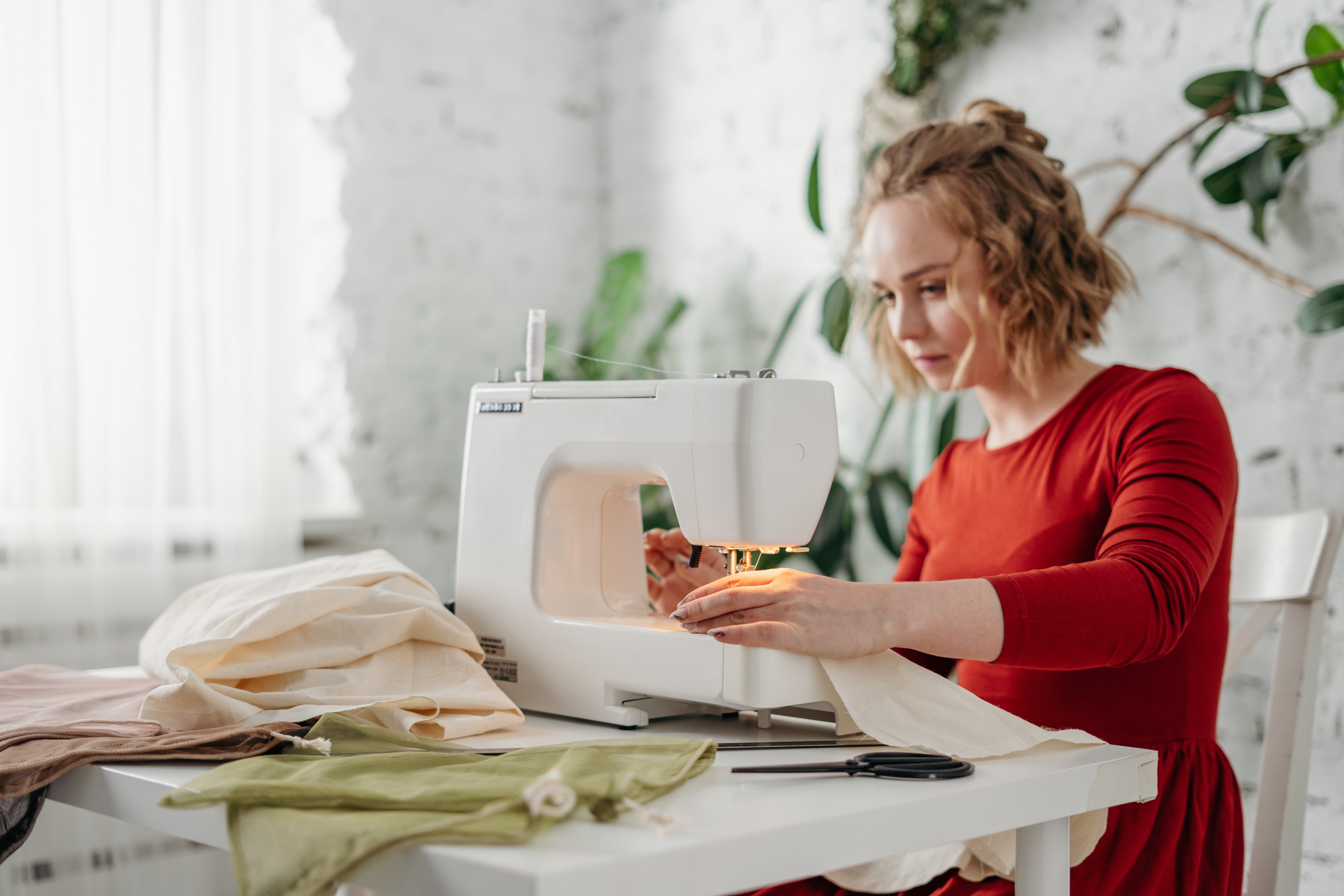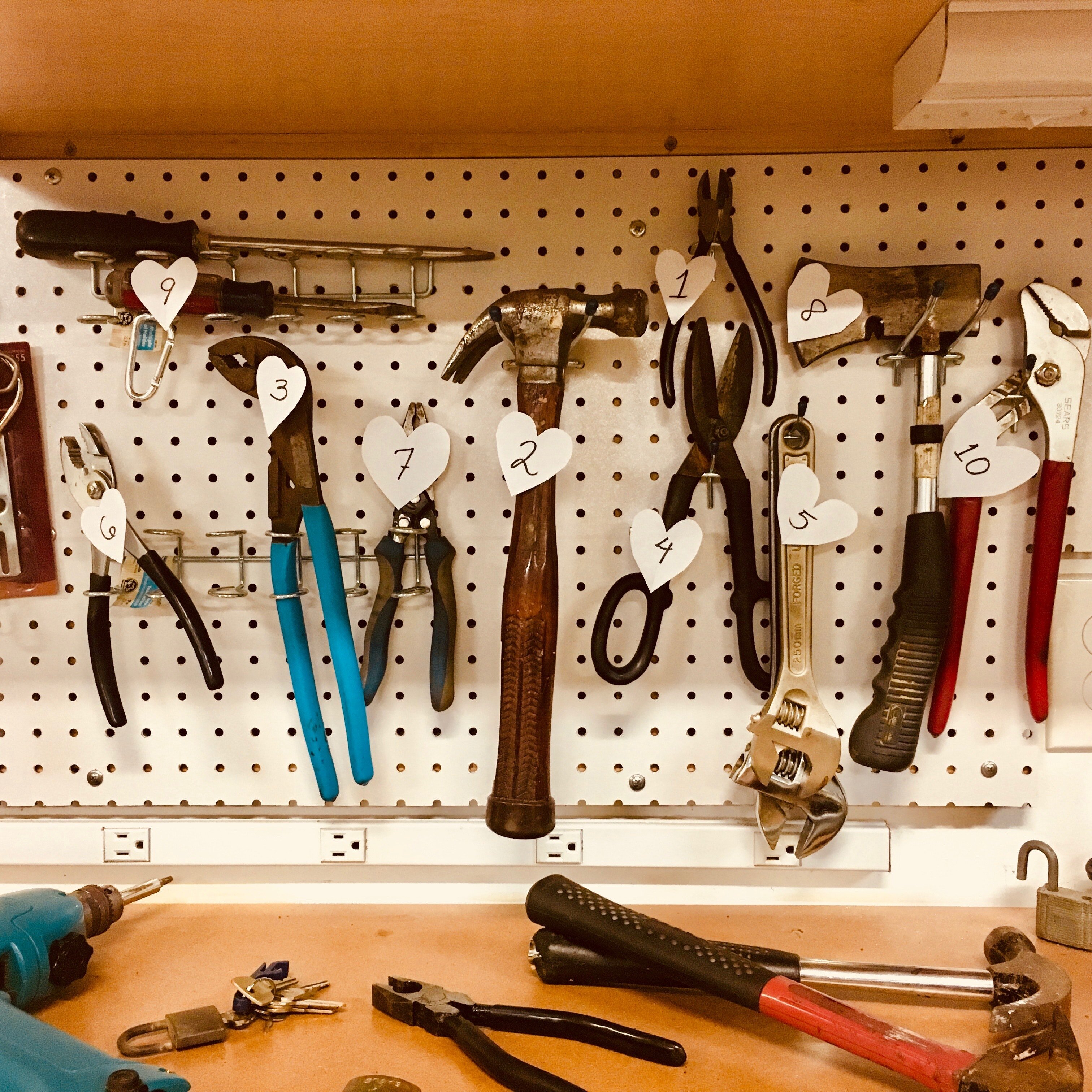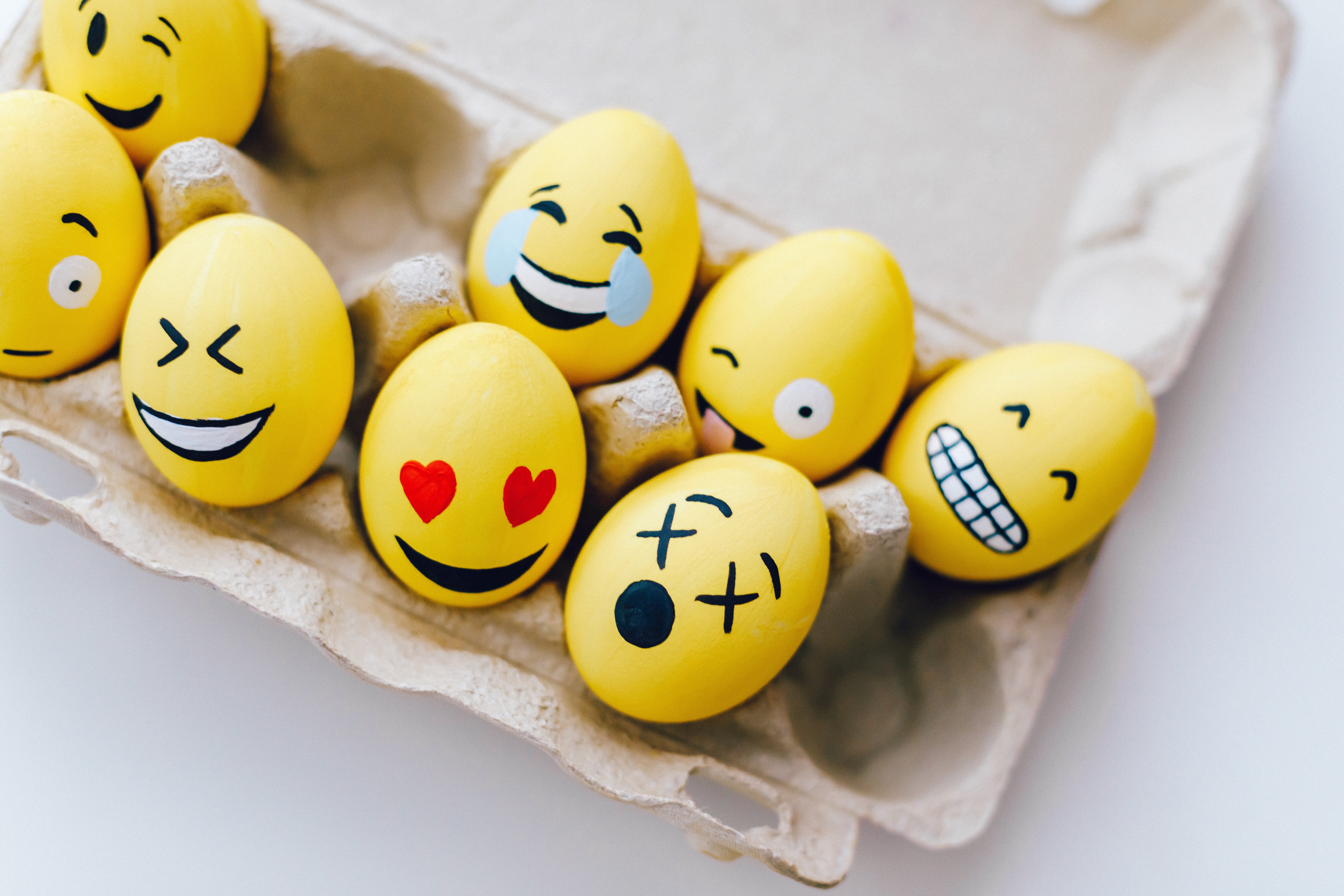Table of Contents
- Introduction to DIY Photography
- Understanding the basics of DIY Photography
- Why DIY photography is essential for creatives
- Incorporating DIY photography in your online portfolio
- Showcasing DIY photos with Portfoliobox: A detailed guide
- Best practices for DIY photography
- DIY photography vs. Professional photography: A comparative analysis
- Conclusion: Taking your DIY photography to the next level
- FAQ
Introduction to DIY Photography
DIY Photography, a concept that is gaining popularity in today's digital world, is a creative approach to capturing images that does not require expensive equipment or professional training. It's about using what you have at hand, experimenting with different techniques, and creating pieces of art that reflect your unique vision. DIY Photography encourages you to think outside the box, pushing your imagination and creativity to the limit.
The beauty of DIY Photography lies in its simplicity and accessibility. With just a smartphone or any accessible camera, one can start exploring this world of creativity. It is an exciting realm where constraints become opportunities for creative expression, where the standard rules of photography can be bent or broken to create compelling, personalized imagery.
DIY Photography is also a journey of self-discovery. As you experiment with different techniques and approaches, you'll get a better understanding of your artistic voice and how to express it through images. It's a process that fosters personal growth, creativity, and innovation.

Understanding the basics of DIY Photography
At the core of DIY Photography is the idea of capturing images using readily available resources. This includes everyday items like household objects, natural light, and even your smartphone. There's no need for expensive cameras or advanced technical knowledge. All that's required is a keen eye, a creative mind, and a willingness to experiment.
The first step in DIY Photography is understanding the basic principles of photography. This includes concepts like lighting, composition, and exposure. Even though DIY Photography encourages breaking the rules, understanding them first will provide a solid foundation for your creative explorations.
Experimentation is another crucial aspect of DIY Photography. It's about trying different things, making mistakes, and learning from them. This could mean playing with different lighting conditions, trying out unusual compositions, or experimenting with different post-processing techniques. The more you experiment, the more you'll learn and grow as a photographer.
Why DIY photography is essential for creatives
DIY Photography is more than just a fun hobby. It's a powerful tool that can help creatives express themselves, tell their stories, and connect with their audience in a more meaningful way. It's a creative outlet that allows you to explore your ideas, experiment with different techniques, and create unique, personalized artwork.
In a world where content is king, DIY Photography can also be a valuable skill for creatives. Whether you're a graphic designer, a blogger, or a small business owner, being able to create your own high-quality images can give you a competitive edge. It allows you to create content that is unique, authentic, and perfectly aligned with your brand.
Moreover, DIY Photography can also be a powerful tool for self-expression and personal growth. It's a journey of exploration and discovery, where you get to experiment with different techniques, challenge your creativity, and express your unique vision. It's a process that can help you develop your artistic voice, boost your confidence, and improve your creative skills.

Incorporating DIY photography in your online portfolio
One of the best ways to showcase your DIY Photography skills is by incorporating them into your online portfolio. This can be a dedicated section where you showcase your best DIY photos, a blog where you share your process and learnings, or even a series of social media posts where you share behind-the-scenes snippets of your DIY Photography adventures.
Including DIY Photography in your online portfolio can be a powerful way to stand out and make a lasting impression. It shows your creativity, your willingness to experiment, and your ability to create compelling imagery with limited resources. It's a testament to your skills, your vision, and your unique approach to photography.
Moreover, incorporating DIY Photography in your online portfolio can also be a great way to engage with your audience. It invites them to be part of your creative process, to learn from your experiences, and to be inspired by your creativity. It's a way to build a deeper connection with your audience, to inspire them, and to position yourself as a creative leader in your field.
Showcasing DIY photos with Portfoliobox: A detailed guide
Portfoliobox is an online portfolio builder that allows creatives to showcase their work in a professional, customizable, and user-friendly platform. It's a powerful tool that can help you display your DIY Photography skills in the best possible light.
To showcase your DIY photos with Portfoliobox, start by creating a new section or gallery for your DIY photos. This allows you to group your DIY photos together and make them easy to find for your visitors.
Next, upload your DIY photos to your new gallery. When uploading, make sure to choose high-resolution images to ensure that your photos look their best on all devices. Also, take the time to write descriptive captions for each photo. This could include information about the technique used, the inspiration behind the photo, or any interesting stories related to it.
Finally, customize the look and feel of your gallery to match your brand and aesthetic. This could involve choosing a specific color scheme, selecting a unique layout, or adding custom fonts. The goal is to create a cohesive, visually pleasing gallery that showcases your DIY photos in the best possible light.
Best practices for DIY photography
Achieving success in DIY Photography involves a combination of creativity, experimentation, and knowledge of some basic principles. Here are some best practices to help you on your DIY Photography journey.
First, embrace imperfections. DIY Photography is not about creating perfect, polished images. It's about capturing the beauty in the ordinary, the unexpected, and the imperfect. Don't be afraid to include flaws in your photos, as they can add character and authenticity to your images.
Second, experiment with light. Light is a crucial element in photography, and playing with it can lead to stunning results. Try shooting at different times of the day, using different light sources, or even creating your own DIY light modifiers.
Finally, tell a story with your photos. DIY Photography is a powerful storytelling tool. By incorporating elements like emotion, symbolism, or narrative into your photos, you can create images that are not only visually pleasing but also meaningful and impactful.
DIY photography vs. Professional photography: A comparative analysis
While both DIY Photography and Professional Photography involve the capture of images, the approach, process, and results can be quite different.
Professional Photography often involves high-end equipment, professional training, and a focus on technical excellence. It's about creating high-quality, polished images that meet certain industry standards. It's a field that requires a significant investment of time, money, and resources.
On the other hand, DIY Photography is about creativity, experimentation, and personal expression. It's about creating images that reflect your unique vision, using whatever resources you have at hand. It's a more accessible, democratic form of photography that encourages creativity and innovation.
That's not to say that one is better than the other. Both have their place and can serve different purposes. The key is to understand the strengths and limitations of each approach and to choose the one that aligns best with your goals, resources, and creative vision.
Conclusion: Taking your DIY photography to the next level
DIY Photography is a journey of creativity, experimentation, and personal expression. It's a field that offers endless possibilities and rewards for those willing to explore, experiment, and push their creative boundaries.
To take your DIY Photography to the next level, consider investing in some basic photography education, experimenting with different techniques, or even participating in a DIY Photography challenge. The key is to keep learning, keep experimenting, and keep pushing your creative boundaries.
Remember, DIY Photography is not about creating perfect, professional-grade photos. It's about capturing your unique vision, telling your own stories, and expressing your creativity in a way that is meaningful to you. So grab your camera (or your smartphone), start experimenting, and unlock your creativity with DIY Photography.

FAQ
What is DIY Photography?
DIY Photography is a creative approach to capturing images that does not require expensive equipment or professional training. It's about using what you have at hand, experimenting with different techniques, and creating pieces of art that reflect your unique vision.
How can I incorporate DIY photography in my online portfolio?
You can incorporate DIY Photography in your online portfolio by creating a dedicated section for your DIY photos, writing a blog about your DIY Photography process, or sharing your DIY photos on your social media platforms.
What are some best practices for DIY photography?
Some best practices for DIY Photography include embracing imperfections, experimenting with light, and telling a story with your photos.
What's the difference between DIY photography and Professional photography?
Professional Photography often involves high-end equipment, professional training, and a focus on technical excellence, while DIY Photography is about creativity, experimentation, and personal expression. Both have their place and can serve different purposes.












